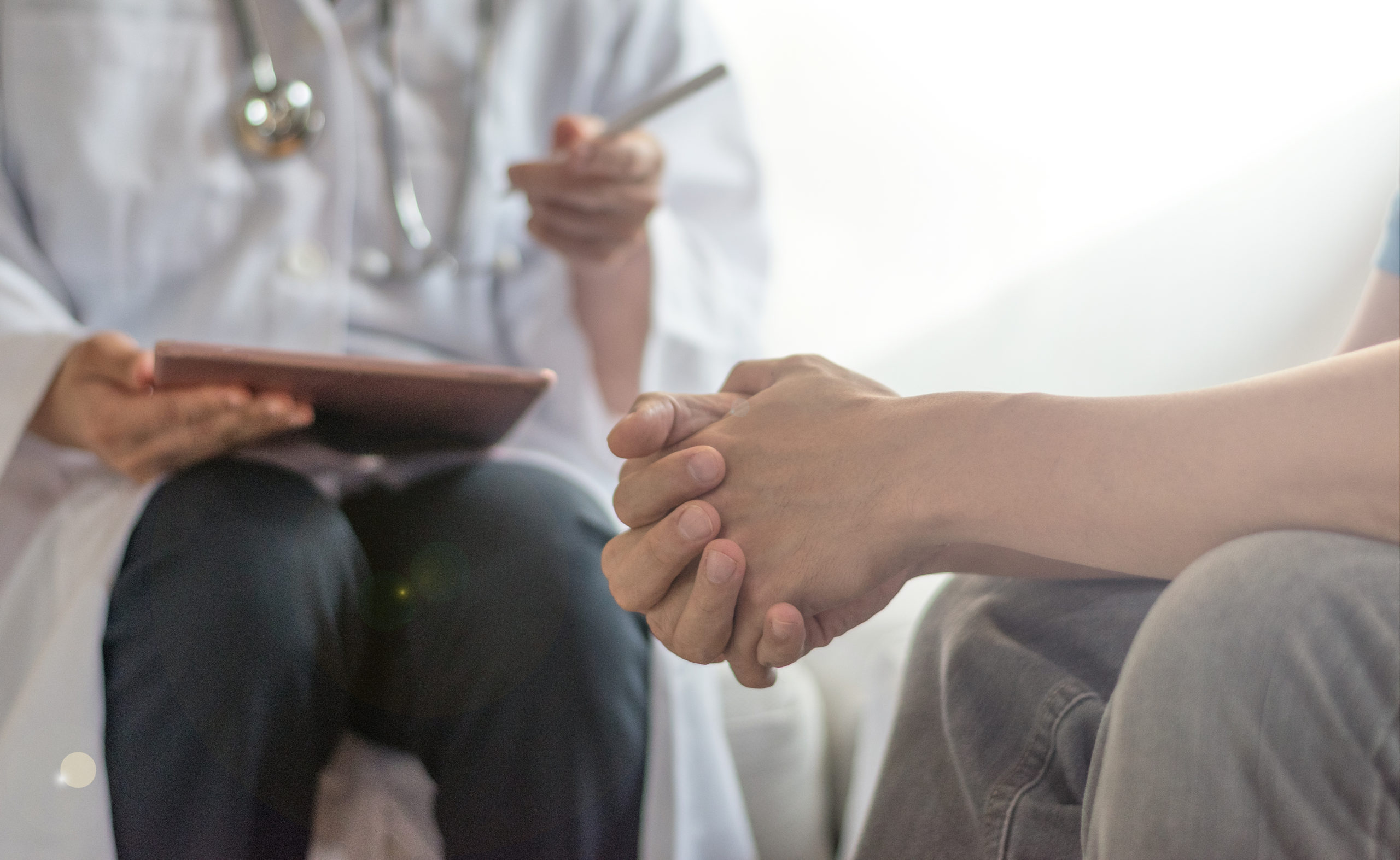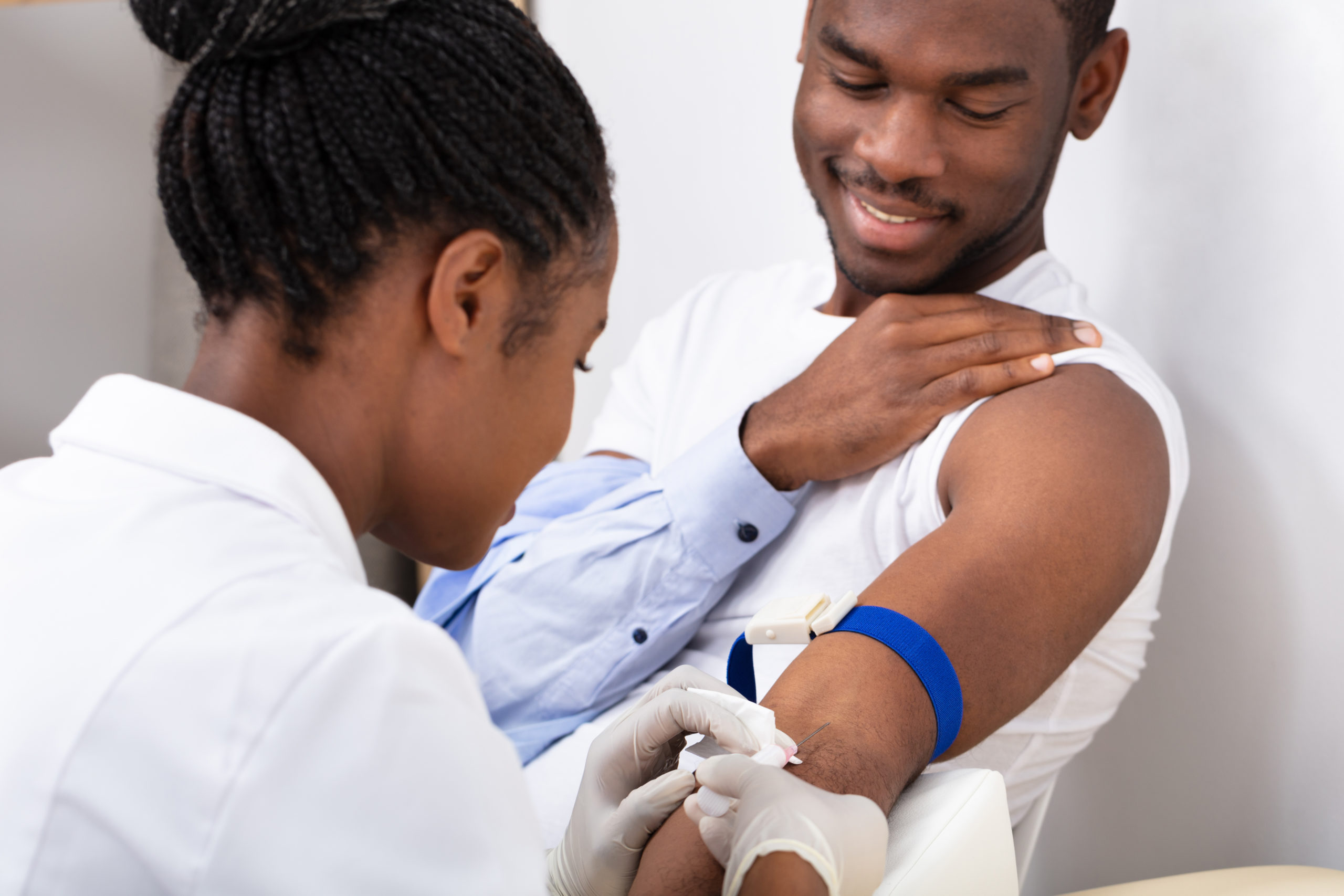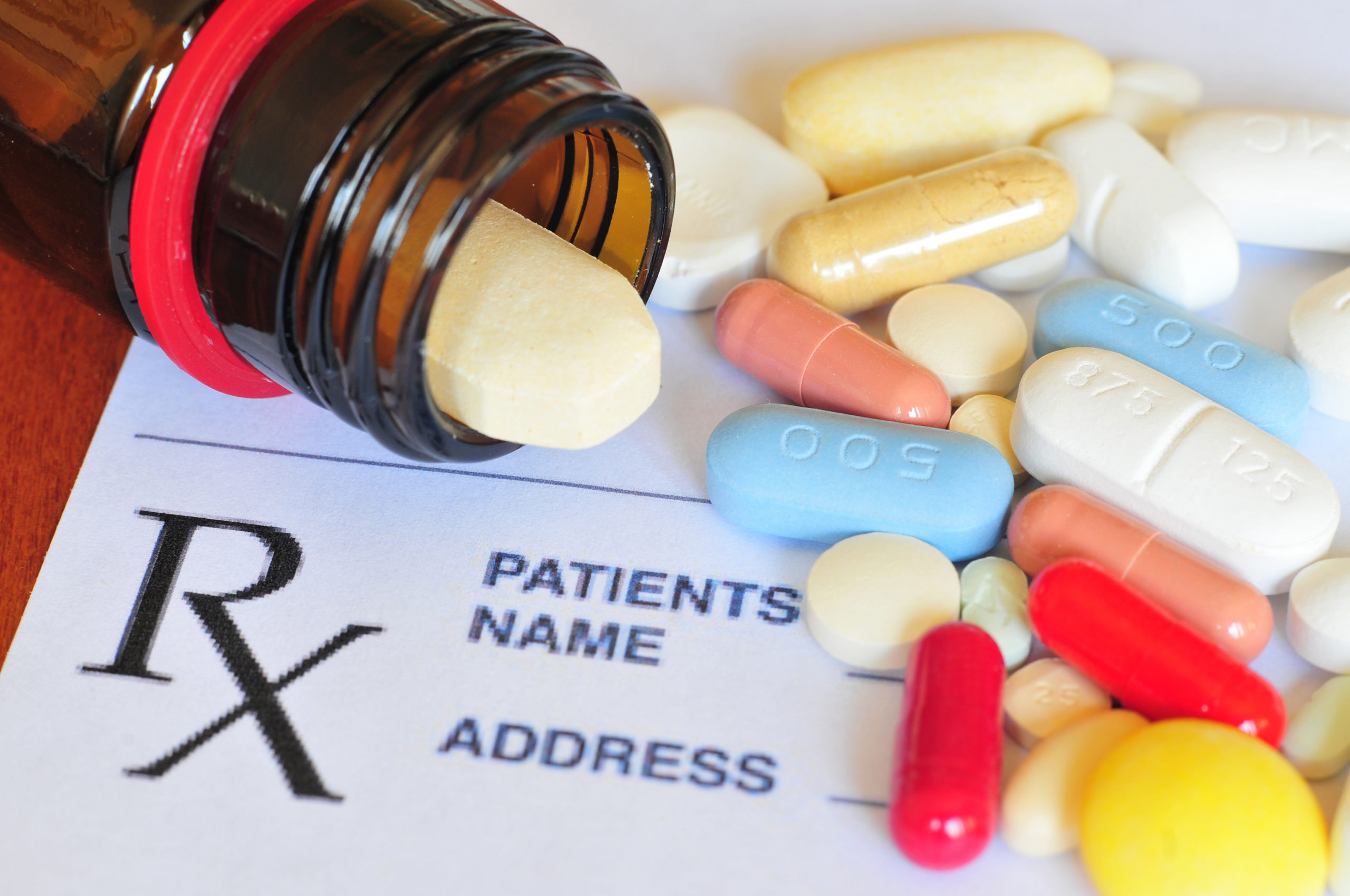Aftercare treatment is any kind of continued treatment when a person completes a rehabilitation program. By continuing treatment, individuals can work on relapse prevention and building a supportive community.
At Indah Recovery, we believe our clients can achieve long-lasting sobriety and maintain that throughout their lives based on our programming. With detox, treatment, and aftercare, our alumni are never left to figure it out independently.
Contact us to see how Indah Recovery can support you today.
What is Aftercare?
Aftercare is the process of continued care after completing rehabilitative treatment. This can occur in a number of ways depending on the initial treatment. For many, this occurs as outpatient treatment after completing an inpatient program. However, even after outpatient treatment ends, many individuals choose to continue their aftercare treatment with community programs like Alcoholics Anonymous and Narcotics Anonymous. Through this process, individuals give back and continue to support one another.
When clients complete a rehabilitation program, they are encouraged to continue their treatment through aftercare as a relapse prevention strategy. When individuals first return to their homes after time in an inpatient facility, they face some of the most difficult challenges. Being back in an environment they felt they could use in or falling into old routines can cause individuals to lose some of their motivation and even relapse.
Why Do People Relapse?
People relapse for many reasons, often unbeknownst to them. Throughout treatment, individuals are in a safe and structured environment that allows for monitoring and 24/7 support. However, when an individual returns home, that structure and support are lost. People who don’t continue treatment through aftercare and fall into the early stages of relapse often fully relapse in short order. Individuals who return home after rehab and choose to continue with aftercare treatment have someone there to support and help them if they fall into the early stages of relapse.
Relapse has several stages and often takes place over weeks or months and can occur at any point in the rehabilitation process, from the very beginning to years after becoming sober.
The first stage of relapse is emotional. Through this process, individuals start to close themselves off and bottle up their emotions. This change might not seem significant to most, but an addict who doesn’t share and doesn’t express their feelings is someone who isn’t taking care of themselves, which is crucially important at this stage in recovery.
The second stage of relapse is mental. It has several distinct signs that friends, family, and loved ones can identify, including lying about their behavior or minimizing the negatives of their past use. These factors are all relevant and can lead to the final stage of relapse, physical.
A physical lapse or relapse is using the substance again. The distinction between a lapse and a relapse is the amount of use. Oftentimes an individual will lapse and be able to course-correct if they have proper aftercare and support around them. But if a person relapses and begins using again like they were previously, this can be dangerous for multiple reasons. It has a higher likelihood of overdose as the body is not used to the frequency and dosage that it once was. Many individuals may experience heightened depression and anxiety based on relapsing.
How to Find the Best Aftercare For Me
Finding the “best aftercare for me” is relative to the needs of the client. The best aftercare for an individual revolves around the treatment just completed, inpatient treatment, or outpatient treatment.
The best aftercare for an individual who has just completed inpatient treatment is an outpatient treatment program. Inpatient treatment allows individuals to focus on rehabilitation and healing in a safe environment solely; these individuals need structured aftercare treatment in the form of an outpatient rehab to ensure continued assistance and relapse prevention.
For a person who has finished outpatient treatment, the best aftercare comes from community programs and alumni gatherings. This continued support allows individuals who have worked hard to achieve their sobriety to give back and grow socially with individuals in similar situations.
Aftercare Treatment in Dana Point, CA
Indah Recovery provides extensive detox, rehabilitation therapy, and aftercare treatment. Our state-of-the-art facility is designed around the needs of our clients and their addiction recovery. We combine the best, newest, and most innovative treatments to ensure that our clients can work through their mental, emotional, and physical trauma related to substance abuse.
Contact us today to see how our aftercare treatment is changing lives in Dana Point, CA.






